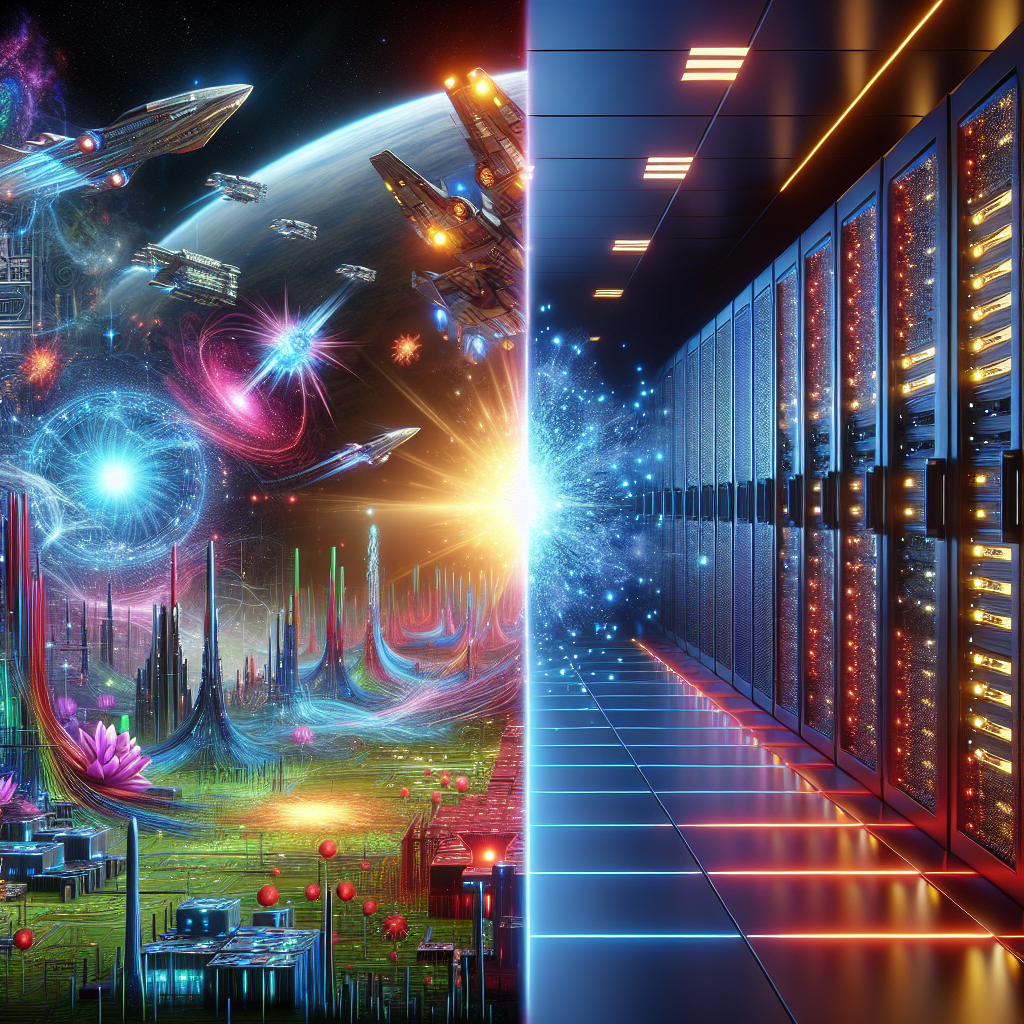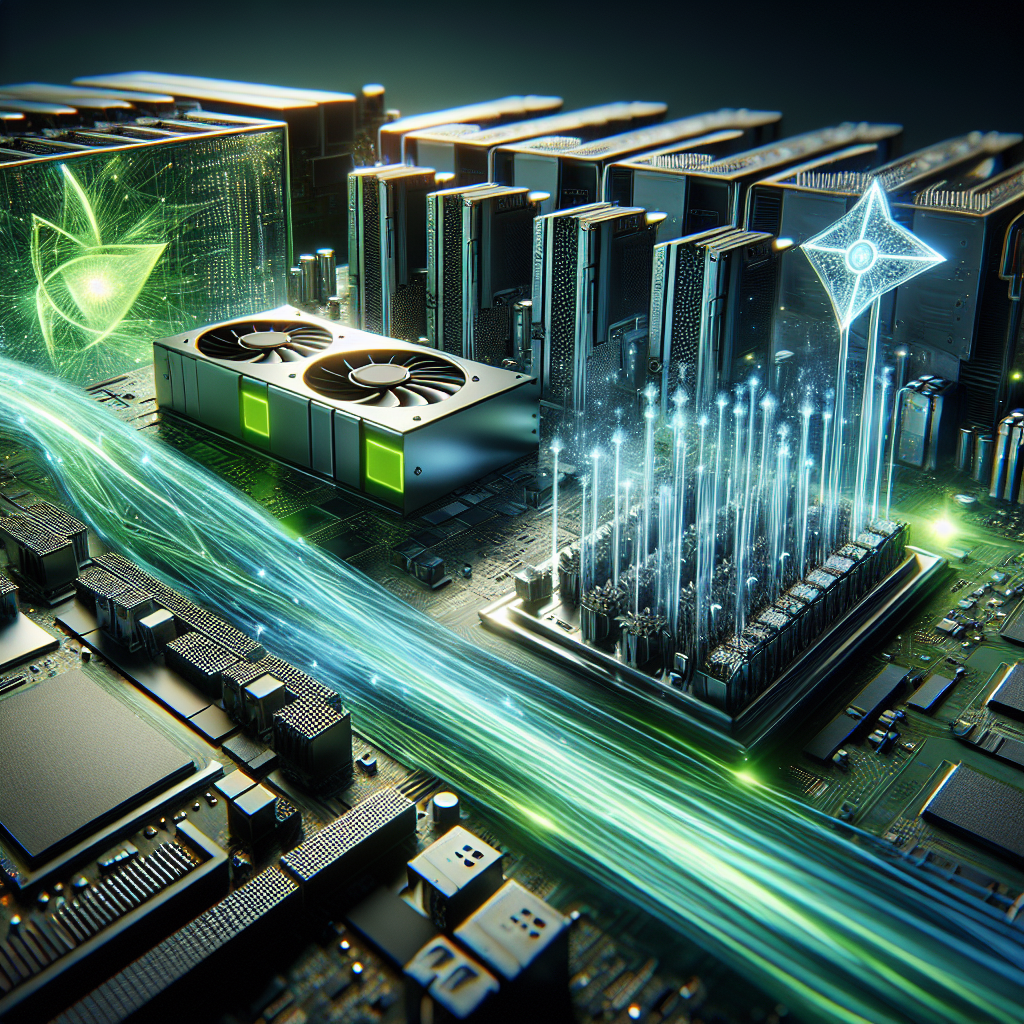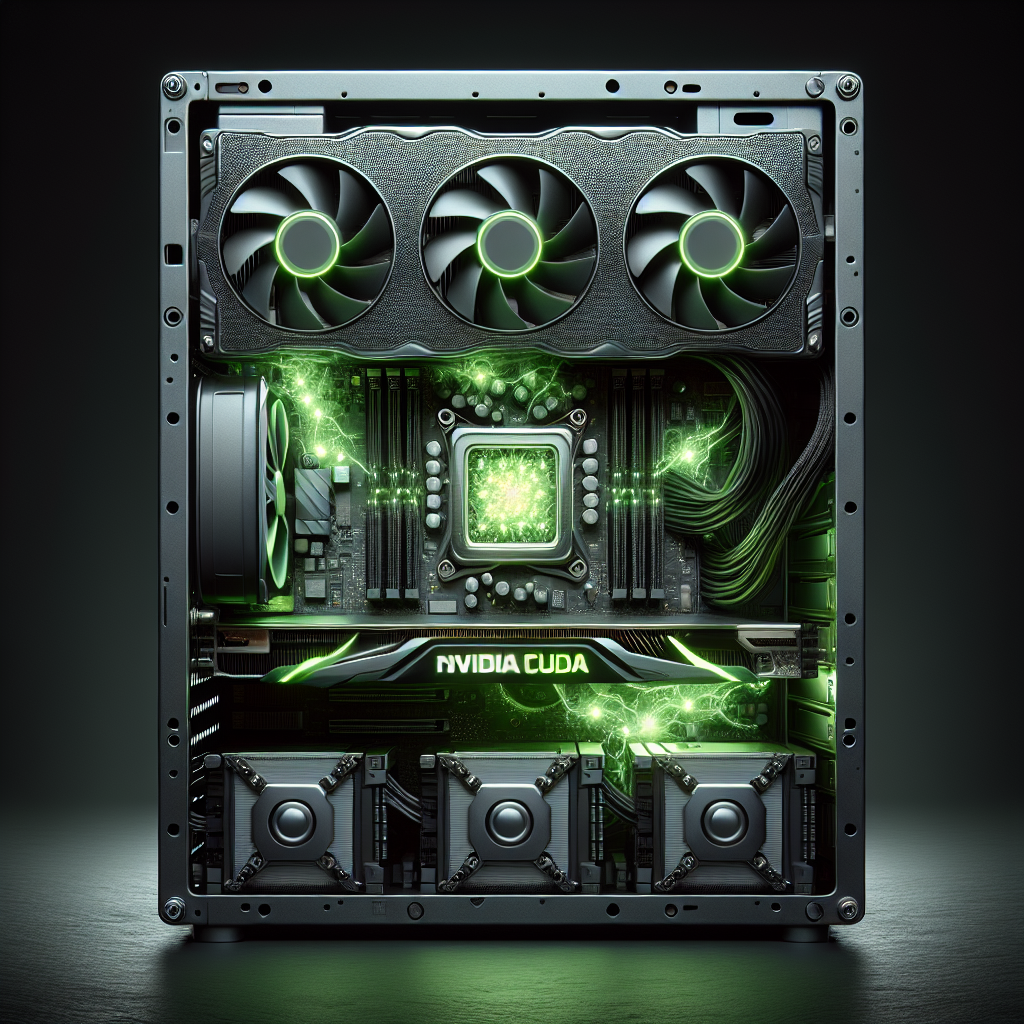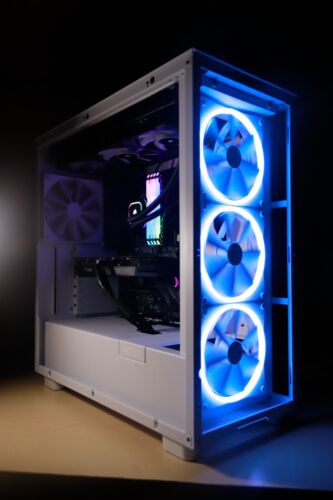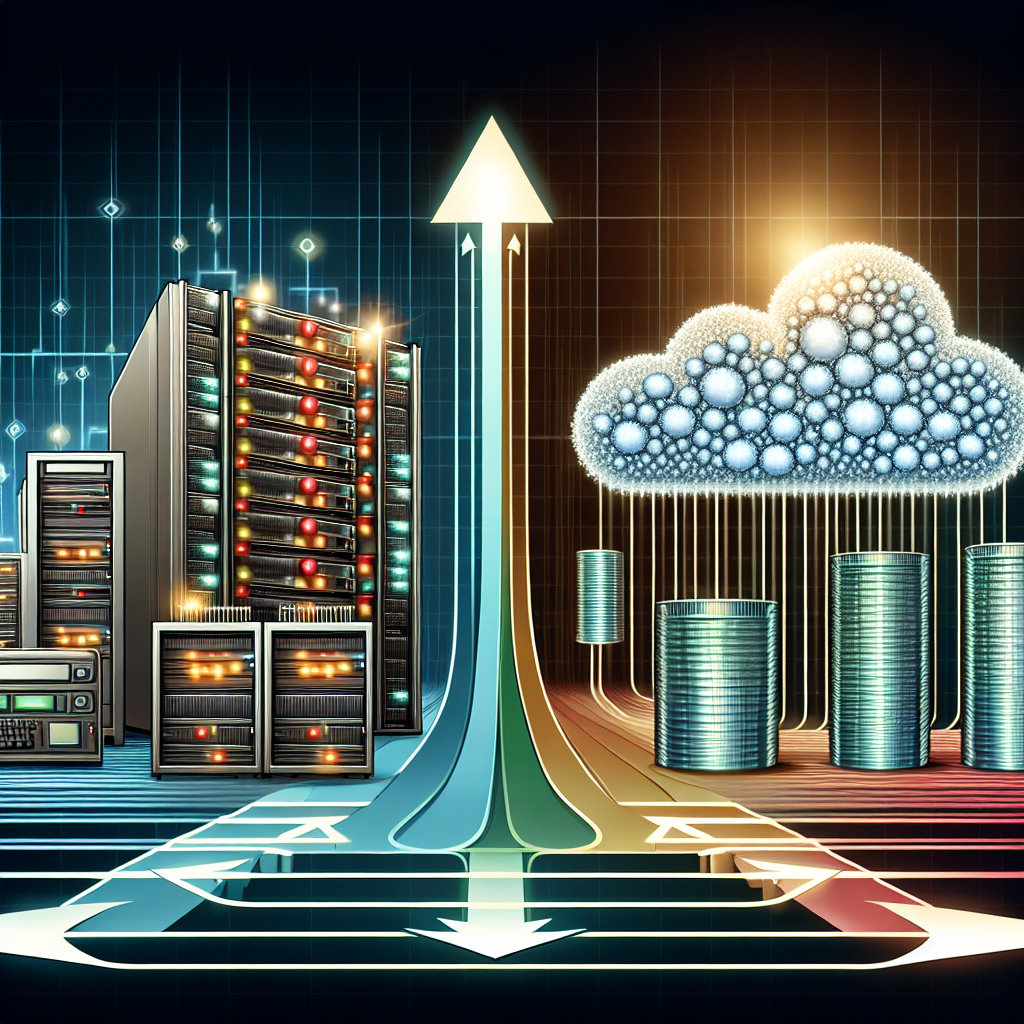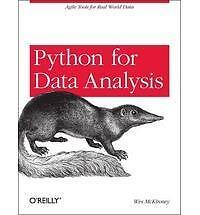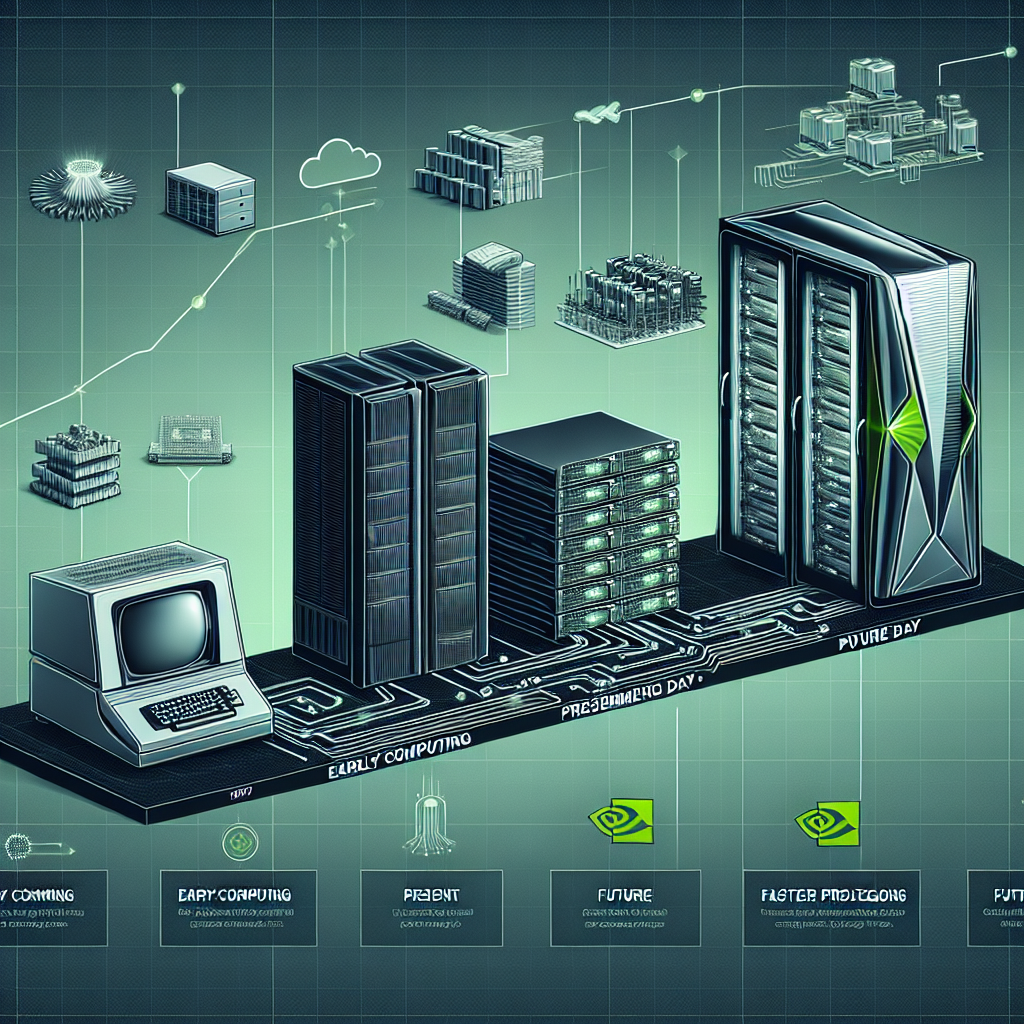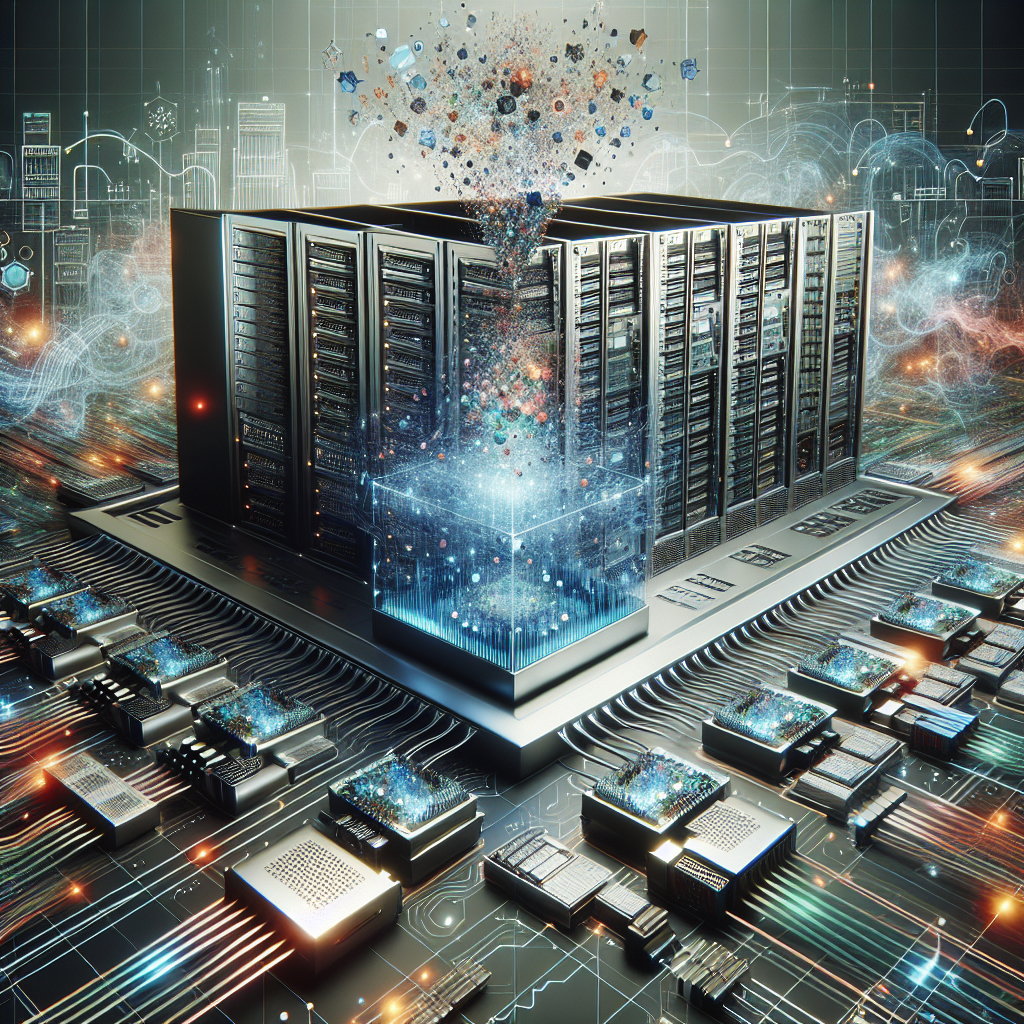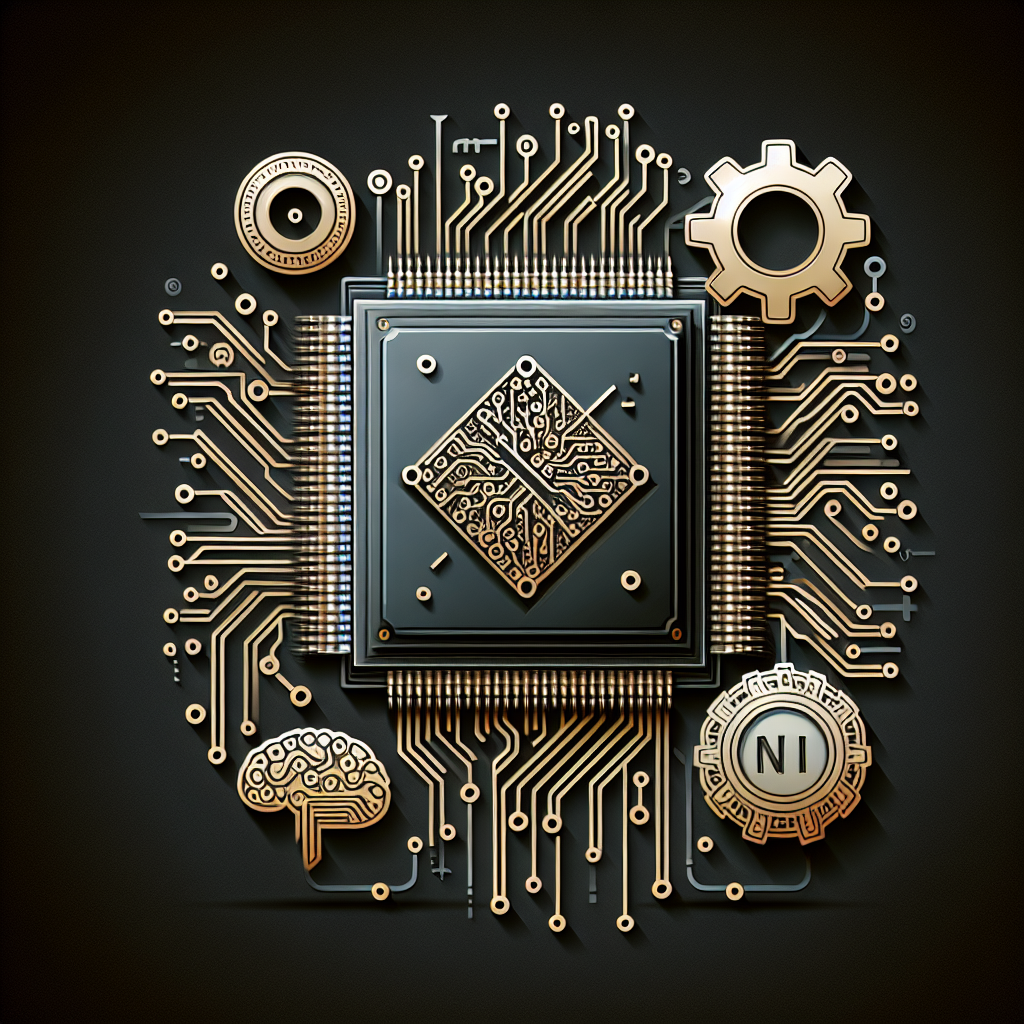NVIDIA has long been a leader in the world of gaming, known for their powerful graphics cards that provide stunning visuals and smooth gameplay. But in recent years, the company has taken its expertise in high-performance computing to new heights, expanding into the realm of data centers and becoming a key player in the field of artificial intelligence and machine learning.
NVIDIA’s journey from gaming to data centers began with the realization that their graphics processing units (GPUs) were uniquely suited to handle the intense computational tasks required by AI and machine learning algorithms. GPUs are highly parallel processors, meaning they can perform multiple calculations simultaneously, making them ideal for tasks like image recognition, natural language processing, and other AI applications.
In 2012, NVIDIA introduced CUDA, a parallel computing platform and programming model that allows developers to harness the power of their GPUs for general-purpose computing tasks. This opened up a whole new world of possibilities for using NVIDIA GPUs in data centers, where massive amounts of data need to be processed quickly and efficiently.
Today, NVIDIA’s data center business is booming, with their GPUs powering some of the world’s largest and most advanced supercomputers. These supercomputers are used for a wide range of applications, from scientific research and weather forecasting to financial modeling and drug discovery.
One of the key advantages of using NVIDIA GPUs in data centers is their ability to accelerate deep learning algorithms, which are at the heart of many AI applications. Deep learning involves training neural networks on large datasets to recognize patterns and make predictions, and it requires massive amounts of computational power. NVIDIA GPUs are able to speed up this process significantly, allowing researchers and developers to train their models faster and more efficiently.
In addition to their GPUs, NVIDIA also offers a range of software tools and frameworks designed to help developers optimize their applications for high-performance computing. One such tool is the NVIDIA DGX system, a turnkey solution that combines powerful GPU hardware with pre-installed software for deep learning and AI workloads.
Overall, NVIDIA’s move from gaming to data centers has been a game-changer for the world of high-performance computing. Their GPUs have proven to be a powerful tool for accelerating AI and machine learning algorithms, and their software tools have made it easier than ever for developers to harness the full potential of their hardware. As the demand for high-performance computing continues to grow, NVIDIA is well-positioned to lead the way into the future of data centers and artificial intelligence.
